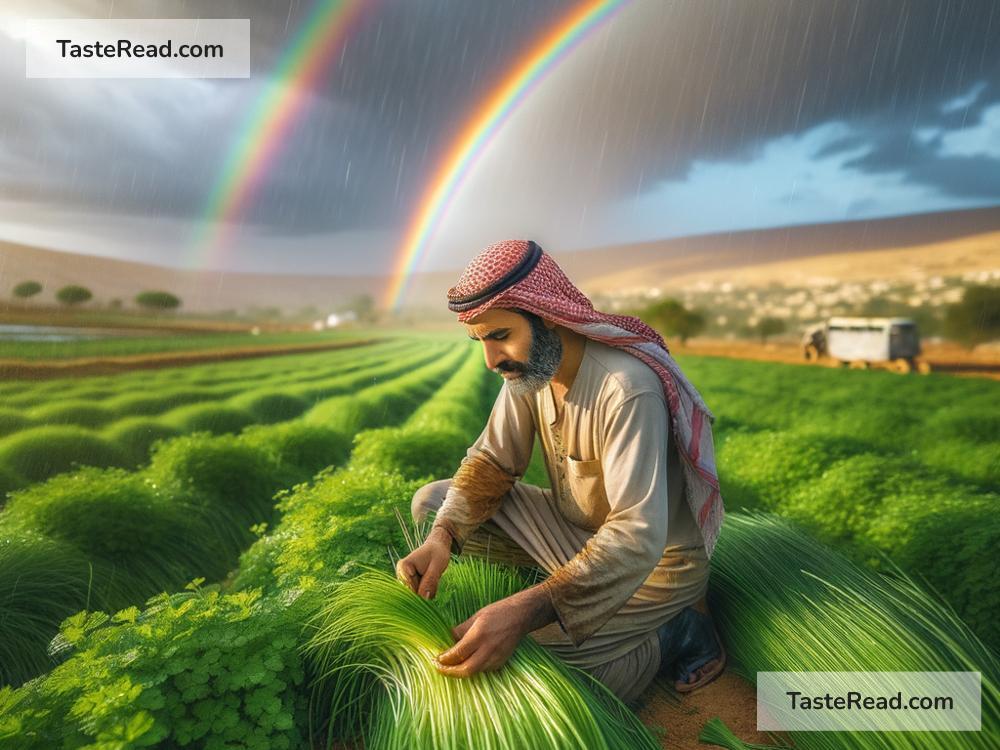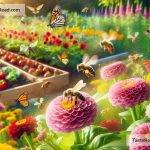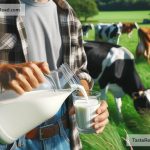Title: The Essential Role of Rain-Fed Agriculture in Our Kitchen
As we sit down to enjoy our daily meals, few of us think about the journey our food underwent before it landed on our plates. Behind every spoonful of rice, slice of bread, or piece of fruit, there is a story of nature and nurture, water and earth. A significant part of that story, especially when it comes to the food we eat, involves rain-fed agriculture. It’s a simple yet profound process that has a profound impact on what we cook and eat. Let’s dive into the world of rain-fed agriculture and understand its role in our kitchens.
What is Rain-Fed Agriculture?
Rain-fed agriculture refers to farming practices that rely entirely on rainfall for water. Unlike irrigated agriculture, which uses canals, pumps, and sprinklers to water crops, rain-fed farming depends on the natural precipitation patterns to sustain crop growth. This method of farming is as old as agriculture itself, providing a testament to its sustainability and importance.
The Backbone of Global Food Production
You might be surprised to learn that rain-fed agriculture accounts for more than 75% of global farmland and contributes significantly to the world’s food supply. It is particularly crucial for growing staple food crops such as wheat, rice, and maize, which are the primary food sources for billions of people around the globe. These staples form the backbone of our diets, and without rain-fed agriculture, our cooking and eating habits would be drastically different.
The Benefits of Rain-Fed Agriculture
-
Sustainability: Rain-fed farming is inherently aligned with the cycles of nature, making it a more sustainable form of agriculture over the long term. It reduces the dependence on finite water resources and helps in the conservation of water bodies.
-
Biodiversity: This method of farming encourages the growth of a wide variety of crops, fostering biodiversity. The diverse crop rotations often used in rain-fed farming improve soil health and reduce pest outbreaks, leading to more resilient agricultural ecosystems.
-
Flavor and Nutrition: Many believe that rain-fed crops have a more intense flavor and higher nutritional value. The stress that plants naturally undergo during variable rain patterns is thought to increase the concentration of flavor compounds and nutrients in the crops.
Rain-Fed Agriculture and Cooking
The impact of rain-fed agriculture on cooking is profound. Here’s how:
-
Staple Foods: The majority of our staple foods, like rice, wheat, and maize, come from rain-fed agriculture. These are the base ingredients for countless recipes across different cuisines, from bread and pasta to rice dishes and tortillas.
-
Seasonality: Cooking with rain-fed crops encourages a deeper connection with nature’s cycles, as these crops are closely tied to the seasons. This seasonality can introduce us to a variety of foods throughout the year, enriching our diets and allowing us to experience the natural rhythm of food production.
-
Sustainability in the Kitchen: By relying on rain-fed crops, we can make our cooking practices more sustainable. It’s a way to reduce our water footprint and support farming methods that are in harmony with the environment. Choosing products from rain-fed agriculture whenever possible is a small, yet impactful, way to contribute to a more sustainable food system.
Supporting Rain-Fed Agriculture
As consumers, we have the power to support rain-fed agriculture and make a difference. Here are a few simple ways to do it:
-
Seasonal Eating: Buy and cook with seasonal produce. This encourages the consumption of foods that are naturally grown and harvested in your region, many of which are likely to be from rain-fed fields.
-
Educate Yourself and Others: Learn more about where your food comes from and the methods used to grow it. Sharing this knowledge can help raise awareness about the importance of supporting sustainable agriculture practices.
-
Support Local Farmers: Whenever possible, buy directly from local farmers or choose local products at your grocery store. Many small-scale farmers use rain-fed methods and buying from them supports local economies and sustainable farming practices.
Conclusion
Rain-fed agriculture plays a crucial role in our cooking, shaping the very essence of what we eat. By understanding and supporting this age-old farming method, we can enjoy a richer diet, reduce our environmental impact, and contribute to a more sustainable and equitable food system. Let’s cherish the rain that nourishes our crops and savor the flavors it brings to our kitchen.


